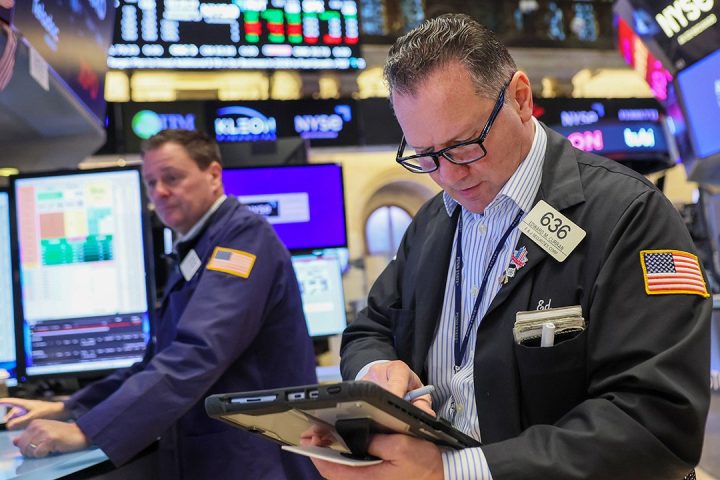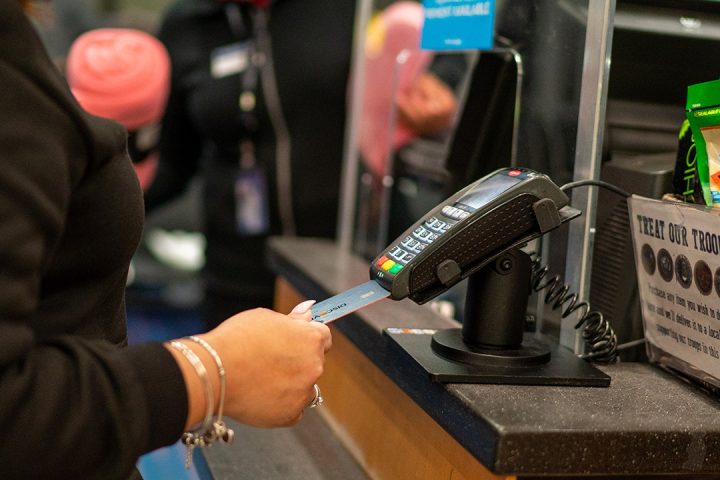We’re coming up on holiday shopping season again, with Black Friday and Cyber Monday just around the corner. And that means I’m reading all about the Willson family of Albany, Ga.
Not that I know the Willsons personally. But I know about the performance of “Don Giovanni” they attended at the Atlanta Opera. And the cruise they took to the British Isles. And all the pecans they grow on their family farm (and all the pecan goodies, from pies to candies, they make with those delectable nuts).
It’s the latter detail that really connects me to the Willsons. You see, each year I receive the catalog from Sunnyland Farms, the 75-year-old mail-order business tied to the Willsons’ pecan-growing operation. And each year, the catalog offers details about the Willsons and the many Sunnyland employees, from relative newcomer Janice Hall (“She makes sure all of our nuts are toasted to perfection”) to trusted veteran Saundra Bryant (“When a mail-in order is not clear, she’s the one who will reach out to you”).
Needless to say, the more I read — and the more I see pictures of those pecan goodies — the more tempted I am to buy something. Even in an age when so many of us do our shopping online (and trust me, I’ve sung the praises of Amazon many a time), browsing through a catalog is an experience that no e-commerce site can ever match.
Apparently, I’m not alone in feeling this way. Why else would companies send out some 6 billion catalogs annually to Americans, at least according to figures from the American Catalog Mailers Association? Granted, that’s well below the high-water mark of close to 20 billion catalogs in 2006 — and the association admits that e-commerce has had an obvious impact, along with rising postal rates.
Still, 6 billion is no small number. Perhaps more remarkable is the fact the e-commerce sites have also gotten into the catalog game in recent years. Even Amazon
AMZN,
sends out the occasional mailer.
Why do catalogs continue to speak to us? Plenty of reasons, say the experts.
With their colorful photos and telling stories about products (and sometimes the people behind them), catalogs create an inviting world all their own. And it’s a world hard to replicate on a computer screen (or worse, a smartphone), especially given the distractions you inevitably face when you’re online. That is, you don’t get sidetracked by emails or social-media posts when you open a catalog.
“The more I read, the more tempted I am to buy something.”
This becomes truer when the catalog specializes in high-end products or just items that would be considered non-essential (like, say, a yummy pecan pie). It plays into a fantasy aspect of sorts, as Jonathan Z. Zhang, a professor of marketing at Colorado State University, told me.
“It’s like department stores and window shopping,” said Zhang, who has written about the enduring appeal of catalog shopping for the Harvard Business Review. In his research, Zhang has found that retailers often see a good return on investment with catalogs versus online marketing, especially given that the costs for digital advertising are “skyrocketing” of late.
It’s also worth noting that many catalogs have changed to suit the times. These days, there’s less emphasis on showing hundreds, even thousands, of products to buy (an 1897 Sears catalog ran some 720 pages!). Rather, it’s often about creating a curated experience focusing on a few key items, with the understanding the consumer will likely go online to make the purchase or visit the physical store (and once they do, they will see the fuller array of products).
In other words, the catalog serves an introductory role, as Kevin McLaughlin, chief creative officer of the sportswear brand J. McLaughlin, explained to me.
“I think the term ‘catalog’ is dated. It may be better called a lookbook,” he said, referring to a marketing piece often used in the fashion industry.
Interestingly, McLaughlin’s company long resisted the idea of issuing a catalog, but changed its mind seven years ago. It now sends out close to 10 million of them annually — and for good reason: The company says 25% of new customers come to it via the mailers.
Not that there isn’t effort or expense involved. The Sunnyland folks told me it takes months to prepare their catalog (and they send out a few million of them). The idea of telling stories about the family and company employees in the mailer evolved over time, until it became a tradition.
“We found out people really connected with that,” said Alex Willson, the company’s president and chief executive.
Of course, people connect to the products, too. I can say from personal experience the Sunnyland pecans are plenty tasty. But if it wasn’t for the catalog, I’m not sure I’d have found my way to them. The same goes for other items I often purchase from catalogs, from the decadent Dobosh torte sold by Swiss Colony to the rugged outerwear that comes via the venerable L.L. Bean.
Even if I don’t buy from these and other catalogs, I like to browse through them. After all, I grew up in a world ruled by the print medium — I’m nearly 60 years old — so perhaps it’s a generational thing. But retailers and marketers tell me a surprising number of younger shoppers are hooked on catalogs.
I like to think there’s a new generation reading all about the Willson family’s adventures. And, yes, maybe trying those pecans for themselves.
Read the full article here






